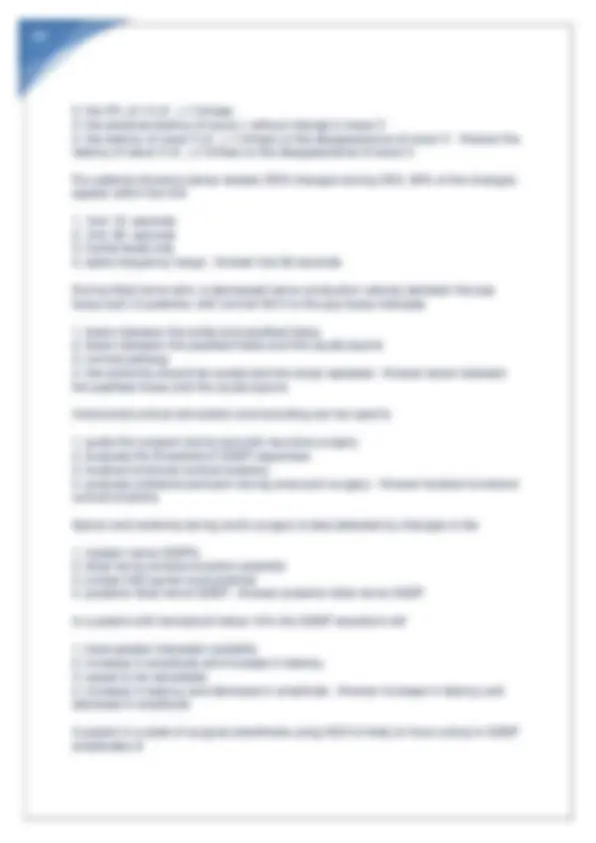


























Study with the several resources on Docsity

Earn points by helping other students or get them with a premium plan


Prepare for your exams
Study with the several resources on Docsity

Earn points to download
Earn points by helping other students or get them with a premium plan
Community
Ask the community for help and clear up your study doubts
Discover the best universities in your country according to Docsity users
Free resources
Download our free guides on studying techniques, anxiety management strategies, and thesis advice from Docsity tutors
ASET CNIM Exam Questions and Answers Latest Update.
Typology: Exams
1 / 32

This page cannot be seen from the preview
Don't miss anything!

























Resting membrane potential is created by differences between the inside and outside of the cell in ion concentrations of
Electrode impedance is defined as opposition to
The following are examples of good insulating materials, inhibiting current flow
What problem may occur when performing intraoperative BAERs using compressible tubing and headphones
It is important to begin monitoring EEG early during a carotid endarterectomy
During OR EP monitoring, it is recommended that the techs data sheet should include all of the following except
When monitoring SSEPs during a critical moment in the OR, changing the setting of the high-frequency filter